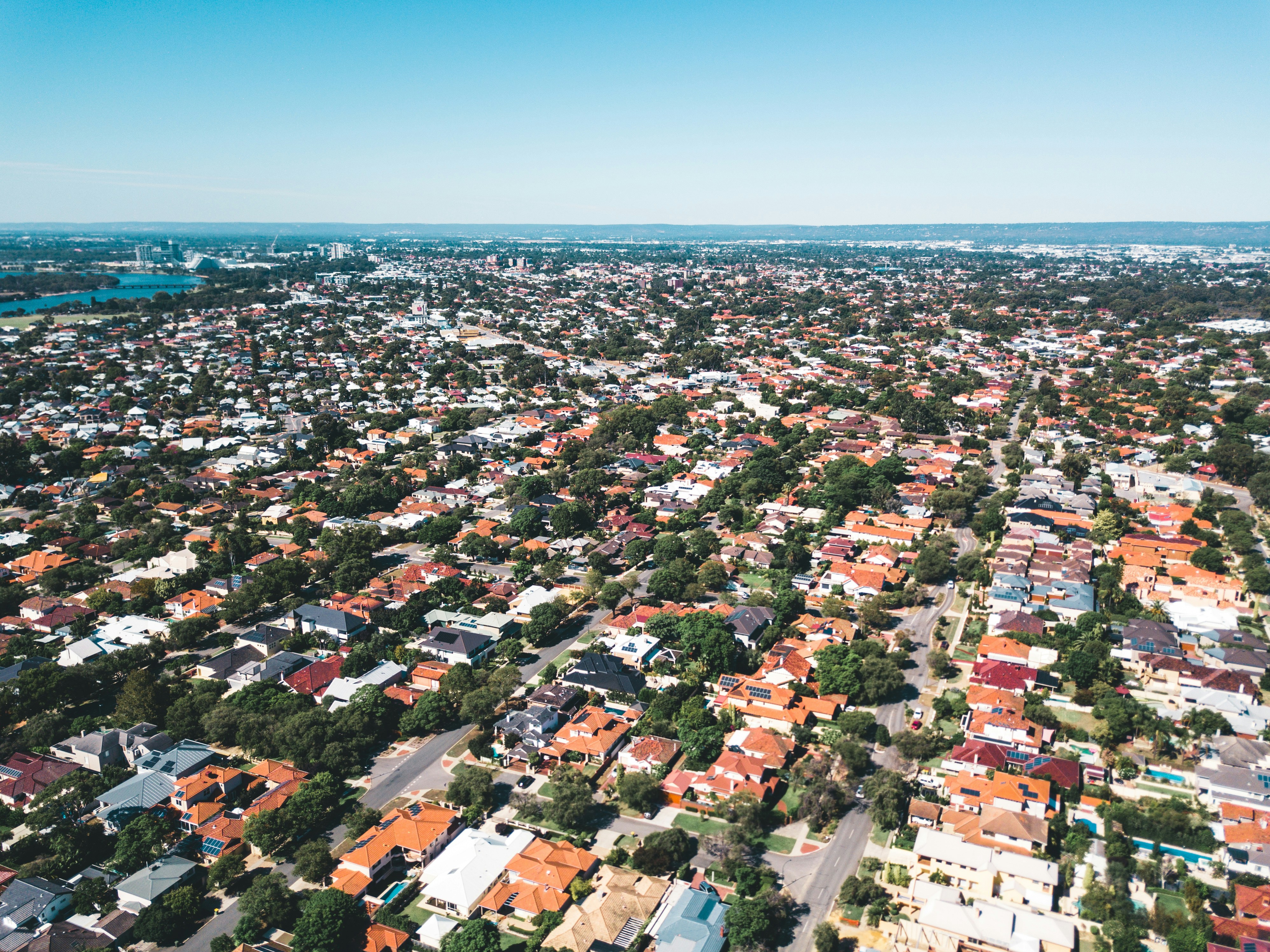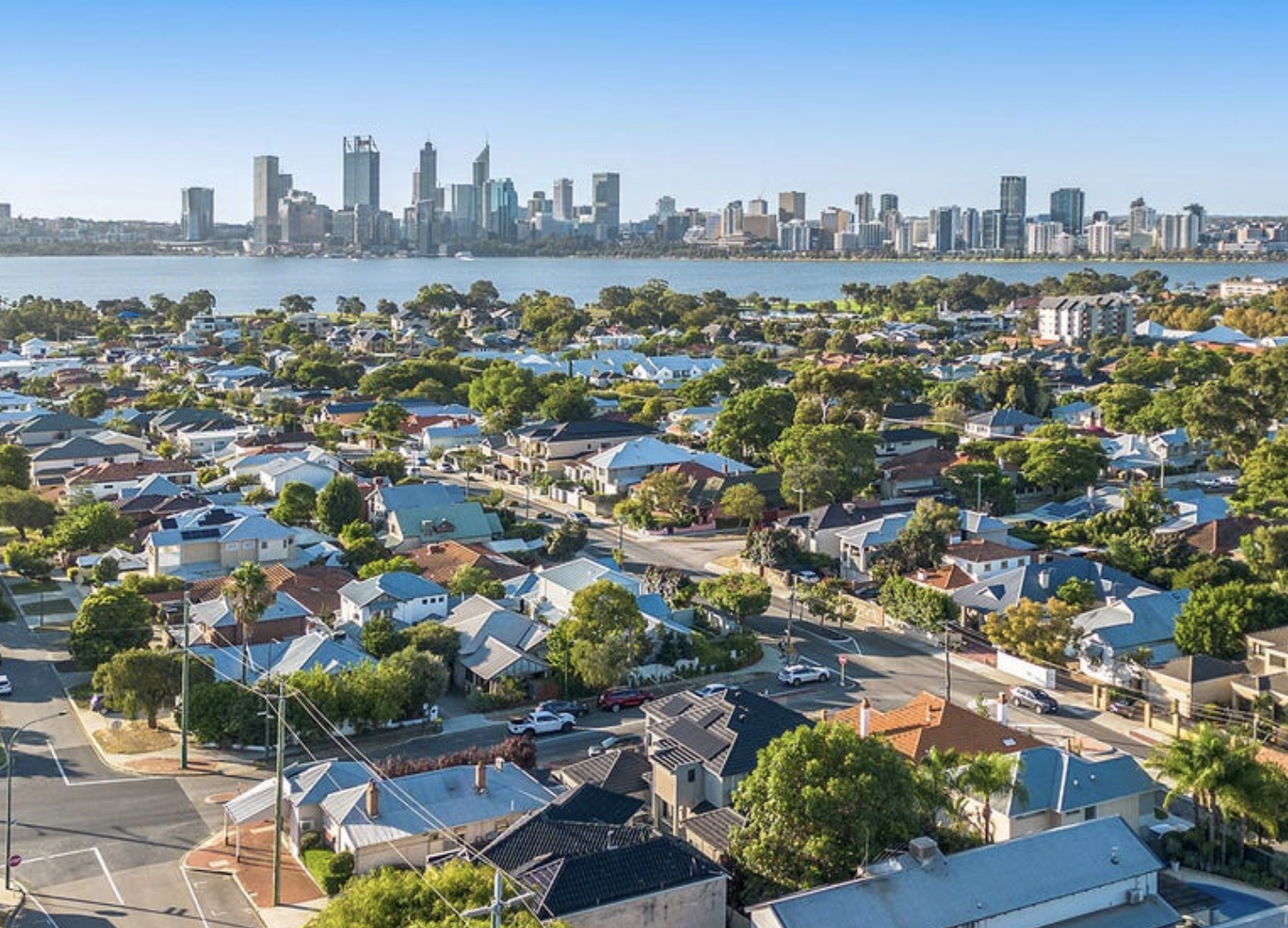The Federal Budget's proposed $800 million expansion of the Help to Buy scheme is poised to reshape market dynamics as property prices continue their upward momentum. With 40,000 buyers set to enter the market through the programme, competition is expected to intensify across most capital cities.
The Australian property market is entering a new phase following the Federal Budget's significant expansion of the Help to Buy scheme. This important development, combined with the recent interest rate cuts, is creating new dynamics that property investors should carefully consider amid signs of economic improvement and easing inflation.
Budget Supercharges Help to Buy Scheme
In his budget speech, Treasurer Jim Chalmers emphasized that the expanded scheme "will help 40,000 Australians buy their first home in the next four years" and that "the changes will mean they can access a bigger range of homes and buy one that suits them."
The 2025 Federal Budget has proposed a substantial expansion of the Help to Buy scheme with funding increased by $800 million to $6.3 billion through 2028-29. This shared equity program allows the government to contribute up to 40% of the purchase price for new homes and 30% for existing properties.
The scheme's proposed expansion includes:
- Higher income thresholds: $100,000 for singles (previously $90,000) and $160,000 for couples (previously $120,000)
- Increased property price caps linked to average house values rather than dwelling prices
- Sydney's cap now reaches $1.3 million, with Brisbane and Canberra at $1 million
Housing Minister Clare O'Neil has stated that with these changes, "most first home buyers are now eligible" for the program, noting that "a lot of young Australians can't see themselves ever owning a home of their own, and one of our government's goals is to turn that around."
REA Group executive manager of economics Angus Moore notes that "the higher price thresholds will mean a lot more homes are eligible for the scheme than previously, and higher income bands will also expand availability to more first-time buyers than before."
Property Price Caps Significantly Increased
The Help to Buy scheme's property price caps have been substantially raised to reflect the actual cost of housing in each region. As Housing Minister Clare O'Neil explained: "In Brisbane, for example, we're raising property price caps from what were $700,000 to now $1m. In Melbourne from $850,000 to $950,000, and in Sydney from $950,000 to $1.3m."
The government has stated that these increased caps will ensure that "more than 5 million properties in Australia" will fall under the scheme's thresholds, significantly expanding the range of homes available to eligible buyers.
Financial Benefits for First Home Buyers
The Help to Buy scheme offers substantial financial benefits for eligible first home buyers, including:
- Minimum deposit requirement of just 2% (compared to the traditional 20% needed to avoid LMI)
- Government equity contribution of up to 40% for new builds and 30% for existing homes
- No rent payable on the government's portion of equity
- Reduced mortgage size and lower monthly repayments
According to government estimates, a buyer with a $519,000 home loan at average interest rates would save approximately $900 per month on existing properties or $1,200 per month on new builds.
Strategic Implications for Property Investors
The expanded Help to Buy scheme presents several important considerations for property investors:
1. Increased Competition in Key Price Brackets
With 40,000 additional buyers entering the market through the scheme, competition is likely to intensify for properties within the designated price caps. This could be particularly pronounced in affordable suburbs of major cities where price points align with the scheme's thresholds.
2. Potential Price Pressure in Eligible Areas
Areas with median prices just below the scheme's thresholds may experience additional demand pressure as first home buyers target these locations. This could create opportunities for investors who already own properties in these areas or who can move quickly before the scheme launches.
3. Infrastructure-Driven Growth Corridors
The significant infrastructure investments announced in the budget will create new opportunities along key transport corridors. Properties in areas benefiting from the $17.1 billion in new infrastructure spending may see stronger growth as connectivity and accessibility improve.
4. Supply Constraint Premium
With housing supply projected to fall well short of targets, properties in established areas with limited development potential are likely to command increasing premiums. The projected shortfall of 400,000+ dwellings will maintain upward pressure on prices in supply-constrained locations.
Housing Supply Expected To Fall Short by 400,000 Dwellings of National Target
While the expanded Help to Buy scheme addresses the demand side of housing affordability, significant challenges remain on the supply side. The government's National Housing Accord target of building 1.2 million new homes over five years is looking increasingly difficult to achieve according to industry analyses.
The Urban Development Institute of Australia (UDIA) forecasts that the delivery of new homes will fall approximately 393,000 dwellings short of the target for the combined capital cities alone by 2029. Meanwhile, research by Mandala Partners commissioned by the Property Council projects an even larger shortfall of 462,000 homes over the next five years.
UDIA National President Col Dutton explains: "Housing supply shortages are set to continue due to elevated (and still growing) material input costs, labour shortages, combined with high inflation leading to cost of living pressures and interest rate rises."
In response, the government has allocated $54 million in the budget to accelerate the uptake of modern methods of housing construction, which Treasurer Chalmers says is "all about building more homes, more quickly." The government estimates construction times could be cut in half by manufacturing houses in factories rather than building them on site.
$17.1 Billion Infrastructure Boost to Support Housing Growth
The 2025 Budget includes significant infrastructure investments that will support new housing development and potentially drive growth in property values across key corridors. Treasurer Chalmers announced $17.1 billion in new spending over ten years for road and rail infrastructure projects.
Key investments with potential impact on property markets include:
- $2.3 billion for Western Sydney, including $1 billion to preserve the corridor for the South West Sydney rail extension
- $2 billion to upgrade Sunshine train station in Melbourne, a critical component of the airport rail link
- $7.2 billion to upgrade the Bruce Highway in Queensland
- $1.1 billion for upgrades along the Western Freeway in Victoria
- $350 million to upgrade the Westport – Kwinana Freeway in Western Australia
Master Builders Australia welcomed this focus, noting that "increased funding for infrastructure to support new home building reinforces the important role of commercial and civil construction in building sustainable communities."
These infrastructure projects are likely to drive property values higher in affected areas by reducing commute times and improving accessibility, creating strategic opportunities for forward-thinking investors.
Building Costs Ease
Recent economic data provides a mixed but generally positive outlook for the property market. The monthly inflation report contained some good news for the housing sector, with the cost to build a new dwelling showing remarkable improvement. After peaking at a staggering 21.7% in July 2022, the annual inflation rate for building costs has fallen to just 1.6%, with prices actually declining 0.1% in February.
This easing of construction costs could eventually help improve the feasibility of new projects, though significant challenges remain in meeting housing supply targets.
Rate Cut Expectations Strengthen as Inflation Eases
The broader economic outlook is improving. According to Treasurer Chalmers, Treasury now expects inflation to be sustainably back in the target band six months earlier than anticipated, while unemployment is projected to peak lower at 4.25%. He noted that "the soft landing we have been planning and preparing for is looking more and more likely."
Trimmed mean inflation, the Reserve Bank's preferred measure of underlying inflation, fell from 2.8% in January to 2.7% in February, which was below market expectations. This was the equal lowest rate of underlying inflation since December 2021.
On the interest rate front, the money market currently puts the odds of a rate cut in May at about 75%, with traders continuing to expect two more cuts this year. While most economists consider an April cut unlikely, the improving inflation data strengthens the case for continued monetary easing in coming months.
Auction Clearances Hold Strong
Meanwhile, auction markets continue to show resilience:
- Last week's preliminary clearance rate came in at 68.7% across the combined capitals
- Melbourne performed particularly well with a preliminary clearance rate of 70.6%
- 2,435 capital city homes were taken to auction, slightly down from the previous week
These figures suggest ongoing strength in buyer demand, which could be further boosted when the expanded Help to Buy scheme becomes operational later this year.

How Futurerent Can Help
As the Australian property market responds to the expanded Help to Buy scheme and improving economic conditions, strategic investors are positioning themselves to capitalise on the evolving landscape.
Futurerent enables you to:
- Access up to $500K today across your property portfolio, with a limit of $100K per property
- Move quickly to secure properties before Help to Buy launches and competition intensifies
- Fund strategic renovations to maximize returns in a changing market
- Maintain financial flexibility as policy and market conditions evolve
Contact our team today to discuss how we can support your investment strategy in light of the Help to Buy expansion and other market developments.
Disclaimer: This information is current as of March 26, 2025, following the Federal Budget 2025 announcements. Details of the Help to Buy scheme may change before its official launch. Readers are advised to seek professional financial advice before making decisions based on this information.












